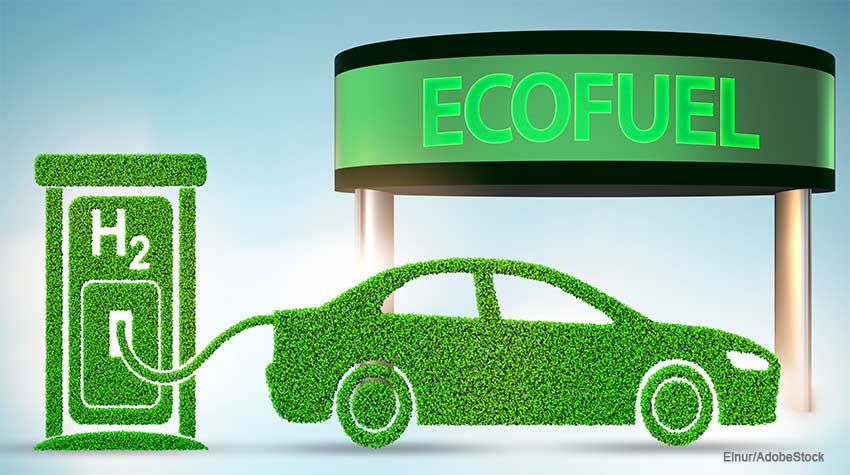Green hydrogen is called to become the star fuel in the planet’s energy transition process, with which the long-awaited decarbonized world would be achieved.
Oil companies must accept this reality and realize the historical moment we are experiencing. Instead of seeing green hydrogen (H2V) as a threat, they should see it as their golden opportunity. If they don’t, they’ll see the history bus pass before their eyes.
The success of the transition to H2V would have two effects of great value for life on Earth.
With the first, of a global nature, the until now unstoppable increase in the planet’s temperature, the cause of climate change, would be stopped, which only in this recently begun 21st century has already broken its record 17 times and threatens to continue its upward trend if we do not act urgently. Each degree of temperature rise means a further increase in Earth’s climate change.
Through the other, of local effect, the air would be decontaminated, that is, clean air would be achieved. Air pollution is caused primarily by motor traffic, heavy industry, and smoke from fires. Part of the electricity sector, for example, is powered by coal, the most polluting of fuels. Air pollution is wreaking trouble in large cities, in some of which the situation is so dire that it is reaching the limit of human tolerance. According to statistics from the World Health Organization, “around 4.2 million people die annually in the world from causes related to exposure to pollution and polluted air.”
The H2V is extracted from the water by electrolysis, a 100% clean procedure, since the electricity needed by the electrolyzers to separate the H2 from the H2O is generated by renewable sources such as solar energy, wind energy or hydraulic energy. For this reason it is called green hydrogen, to differentiate it from the H2 that comes from oil, coal or natural gas, the extraction of which does release greenhouse gases.
H2V is the ideal fuel to complement solar, wind and hydraulic energy, since they lack the necessary capacity to move heavy industries such as steel, aluminum, chemicals, cement, the electrical industry, air and sea transportation, while H2V does.
The energy transition is in full swing and sooner than later it will be imposed. It’s just a matter of time. There is no way back. The decarbonization process is unstoppable and will be a triumph for humanity, as long as the correct steps are followed. A number of companies and countries are already working to increase H2V production to lower the costs and prices needed to compete with fossil fuels.
The oil companies have to accept reality and realize the historical moment we are experiencing. Instead of seeing H2V as a threat, they should see it as their golden opportunity. If they don’t, they’ll see the history bus pass before their eyes. If they perceive the change in energy patterns, they could maintain their preeminent role within the sector, since they have the necessary resources to take the lead. They have everything to be the heroes and, in addition, to keep a good part of the H2V market.
The latter may be taken by some as a joke, but it is not a joke, if we consider the long experience accumulated by the oil sector, together with its economic, human, technological and infrastructure resources, such as the transport and distribution networks of natural gas and oil, which could be converted to supply the new fuel in a similar way to the old fossil fuels. They have at hand a range of advantages that companies that are starting to produce H2V from scratch do not have. This could make oil companies the most important players in the planet’s decarbonization process.
We recently read that Ningxia Baofeng Energy Group, a company operating in China “mainly engaged in the production of coal and the sale of chemical products, has launched one of the largest green hydrogen projects in the world (…), has managed to put running a huge 150 MW alkaline electrolyzer powered by 200 MW solar panels.”
Another case is that of the Chinese oil giant Sinopec, which has begun the construction of an alkaline electrolyzer facility even larger than the one in Ningxia, since it is 260MW, also in China, which according to the cited source, will be completed in the middle of 2023.
The Shell oil company has already begun to take steps to join the energy transition club. The oil giant signed an agreement with Germany’s Thyssenkrupp to carry out the construction of a huge 200 MW hydrogen electrolysis plant in the port of Rotterdam, in the Netherlands.
They, and others, saw the bus and did not let it pass.
Sandor Alejandro Gerendas-Kiss







Leave A Comment